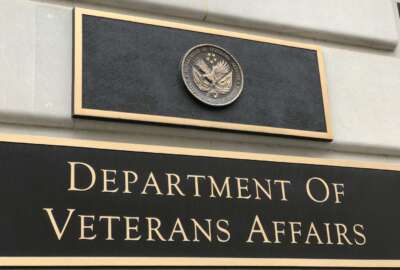Lack of movement in SES ranks hurting agencies
The Senior Executive Service was created to produce strong federal managers and leaders who would move within and across agencies, to help better meet the natio...
The Senior Executive Service was created to produce strong federal managers and leaders who would move within and across agencies, to help better meet the nation’s needs. But three decades after the creation of the SES, nearly half of the more than 7,700 current members have stayed in the same position throughout their SES careers, a new report finds.
Cross-agency experience is particularly helpful in emergency situations, like the Sept. 11 attacks or Hurricane Katrina, according to the report from the Partnership for Public Service and McKinsey & Company. The report adds that diverse agency experience also benefits day-to-day operations, particularly when missions may involve other agencies.
“There is no centralized federal human-capital system in place for executives to learn about cross-agency operations or to facilitate executives’ movement and professional growth,” the report said.
Instead, most SESers who hear about an opening in another department or agency find out through personal networks and word-of-mouth.
The report found 48 percent of SES members had never changed their positions after becoming an SES member. One-third had changed positions within a subcomponent of their agency and only 19 percent had changed departments within an agency or changed agencies altogether.
The report also found “talent hoarding” is prevalent in government. “Agency leaders and political appointees alike are loath to lose their brightest stars to another agency, even temporarily,” the report said.
Also, mobility is not rewarded and often seen as punishment instead of a career advancement, the report said.
The report makes recommendations for creating incentives for increasing mobility of SES members. For one, the Office of Management and Budget and the Office of Personnel Management could set a goal for agency executives who do rotations. Mobility could also be one of the criteria for the Executive Core Qualifications used to evaluate potential SESers. The report adds that one office — possibly the office of the OMB deputy director for management — would oversee SES professional development.
The Interagency Personnel Rotation Act of 2011 established a rotation system for national security and homeland security executives. The report suggested Congress expand the language of the act to include SES members.
RELATED STORIES
New SES appraisal system meant to align agencies
OPM’s onboarding framework to ease SES’ new-job jitters
Copyright © 2024 Federal News Network. All rights reserved. This website is not intended for users located within the European Economic Area.





